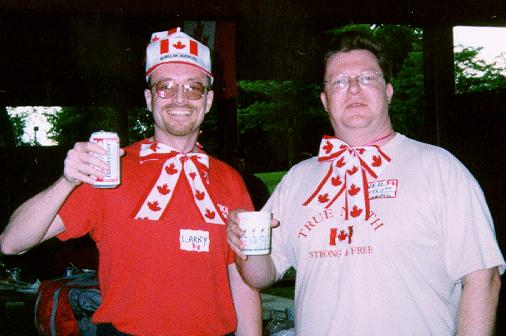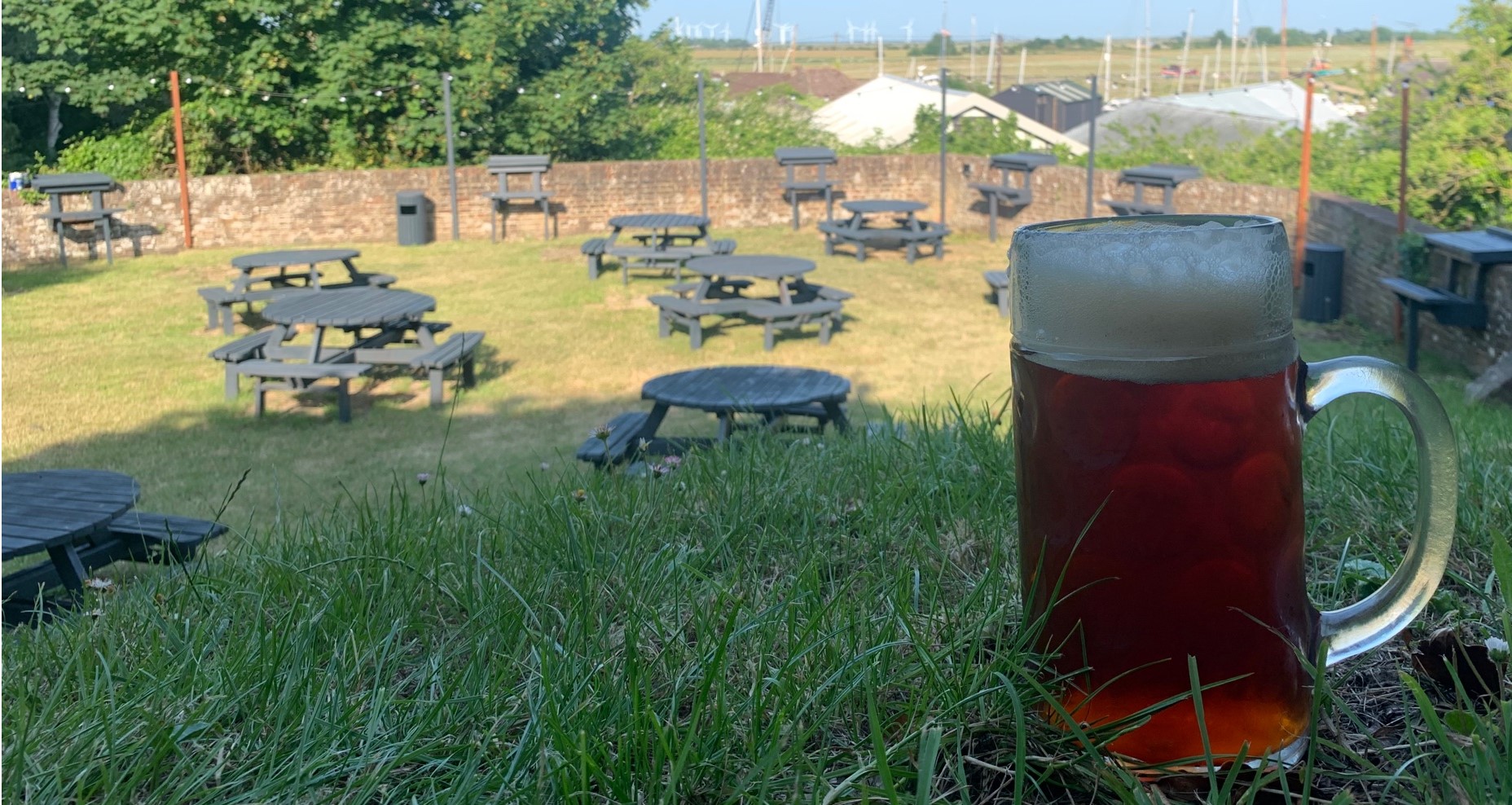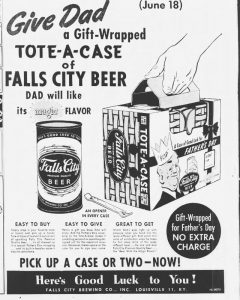You thought last week was cranky? Welcome to the last seven days. The only comfort in the rage and rancor is that good beer is ultimately 80% pointlessness attached to 20% agriculture. Matt supplied a lovely reminder of that latter aspect when he tweeted the picture above in comforting solidarity when the conversation briefly turned to the question of influencers.* So, what to do in these troubled times? To get past the days of shock of pandemic and now facing the months of slog ahead? Other than the obvious option of finding something real to care about, as a public service this week’s beery news notes are structured to give the committed some guidance on how to manage one’s personal road forward.
Shop! The big news for me was shared by a brewer who admitted that the home delivery service had fallen away to 20% of its April high in sales. The market isn’t there unless we are all locked in. Then we learn of the venerable Beer Ritz Leeds shutting its store front operations. And as we move back on to patios and now, at least in my part of the world, into the bars themselves again, we see many doors staying locked and signs coming down. So, go buy beer. And that also means if you are one of the many beer writers who have a hoard of samples, let them sit and go spend your money. Samples are a drag on a brewery’s bottom line. Don’t make it worse. And buy all the actual good beer books that are out there. There was this news in this month’s Boak and Bailey Bulletin found near to my email’s inbox:
We got some sad news last week: our book 20th Century Pub, approaching its third birthday, hasn’t sold as well as it ought to have done and the remaining copies are going to be destroyed or remaindered. Brew Britannia did OK and even made it to a second printing but this one just didn’t click in the same way. It won awards. People that read it said nice things. But clearly, something about it put people off reading in the first place.
I liked the book so much, the review was a two-parter! Start with buying that one.
Complain! Now that your wallet is empty, use your voice. Jordan took the time to explore the effect of doom scrolling on social media, taking the time to use a number of words I had never encountered before so I had to read it a few times to make sense of it all. This I think is were it might have gotten off track to my mind:
Beer Twitter is pretty toxic. Nominally, all of the people on Beer Twitter share an appreciation for a beverage, and you’d be forgiven for assuming that would result in a big happy family full of boosters and cheerleaders. In practice, it’s a lot more vicious than you’d expect, resulting in blockings, mutings, shunnings, dogpiles, drama, slap fights, flame wars, and the occasional population wide schism. Beer Social Media in general has problems.
See, it’s not beer social media that’s skewed. It’s beer culture generally, especially those trying to be heard and paid to be heard. Alcohol and cash have always created a bitchy side. I have a great thread of emails from 2006 with snappy behind the back lines between beer writers like “I felt that frost for years. He keeps his distance.” And there’s the weird bits in that 2010 Protz bio. Not a big happy family any more than most bars are. I’ve been a bouncer. No, if you step outside your small clique in the physical or digital world you will see it. And, unless you are sufficiently insulated with cash like a old school micro brewery owner or trade association exec who can hire the lawyers and file the law suits for you, making a buck at all this has always been a hard row to hoe and we are now living in a drought. So people blame the medium. Might as well as blame the current lack of snowfall. My advice? Complain. That’s what Jordan himself actually did. I don’t think he’s entirely right but he sure did the right thing. If you want to spout off, do it. No one really cares given it’s all hobby chat. And it’s just beer. And sandwiches.
Sign up! But is it just beer? Aside from the effects of too much cash in too few hands, there is a third factor. People. People amongst whom the pie is not equally shared. People who face the insult of various forms of insult, from snark to discrimination. Good beer offers no relief from life’s realities and can actually hide them from view. If we pretend this is one big happy family. So, rather than just complain,** sign up. One possible example of changes to back were perhaps those announced this week in the US where the Brewer’s Association, after pressure, is about 15 years behind in its decision to adopt a code of conduct. While they say “we must hold ourselves to a higher standard” they actually have to first have a standard to start with. So that is something… maybe. And the BA is advertising for nominations for the board. It is, as is usually the case, less of an opportunity that it at first appeared to be:
There are five board openings — three for packaging brewers, one for taproom brewers, and one for pub brewers. While previous experience in committee work for the Brewers Association or state brewers guild is desired, nominees with other related experience are welcome. To nominate a packaging, brewpub, or taproom brewery representative, you must be an employee of that brewery class. Nominees who are Brewers Association voting member brewery owners or serve as brewery executives are desired.
The seeming off the record board discussions is also a bit weird. And in any event there’s only a few seats open and who knows how the nominees get filtered down to the few selected directors. Where else can you sign up for make change in good beer? Support Craft x EDU and the new Sir Geoff Palmer Scholarship Award for Brewing if those channels best focus your interest. Look at the newly reconstructed Beer Kulture, too. Better still, replicate those efforts locally. And widen them to address what you see as wrong in good beer. Think of how the rubber can actually hit the road. That’s what is happening in my old home town of Halifax where a brewing collective is being created:
Grant said while the art of brewing has deep roots in African culture, it can be difficult for Black brewers to get their foot in the door…. “To have such little representation is kind of reflective of the greater problems that are within systemic racism.” The collective, in partnership with Halifax’s Good Robot Brewing, has released a new pale ale called Blackberry Freedom.
Fabulous.
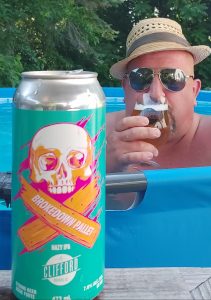 Fight! Once you have your focus, go for it. It could be the tax changes in Britain which have pitted old good beer v. new good beer. It could be the move to ensure re-openings are accessible for all. Oddly perhaps, for some it might even be the idea that influencers need a seat on the board. Or at least one less prone to be slagged. Beth described a faction of them but it’s hardly shocking to anyone who, like me, comes from the Wendy O. Williams *** generation. And, in any case, I like to think of the Polk, as illustrated, as my nearest and most familiar example. He cuts a sometimes fleshy dash, gets the samples, promotes the breweries and has made a name for himself that far exceeds the diameter of his backyard pool. Frankly, I am convinced we are dealing with the secret nephew of the indisputably alluring Telly Savalas. It’s not what I do but it’s what he does, what they do – and, for better or worse… or worse than that, it ain’t going away given the ease of entry and low cost to the brewers. But just be aware of what you are dealing with.
Fight! Once you have your focus, go for it. It could be the tax changes in Britain which have pitted old good beer v. new good beer. It could be the move to ensure re-openings are accessible for all. Oddly perhaps, for some it might even be the idea that influencers need a seat on the board. Or at least one less prone to be slagged. Beth described a faction of them but it’s hardly shocking to anyone who, like me, comes from the Wendy O. Williams *** generation. And, in any case, I like to think of the Polk, as illustrated, as my nearest and most familiar example. He cuts a sometimes fleshy dash, gets the samples, promotes the breweries and has made a name for himself that far exceeds the diameter of his backyard pool. Frankly, I am convinced we are dealing with the secret nephew of the indisputably alluring Telly Savalas. It’s not what I do but it’s what he does, what they do – and, for better or worse… or worse than that, it ain’t going away given the ease of entry and low cost to the brewers. But just be aware of what you are dealing with.
Write! And after all that, whatever your interest – write what you see, not what you think wants to be heard and certainly not what you are told to write. This is true:
I have been complicit in the deifying of a few, perhaps deservedly in some cases. It’s a tough call, because I believe great work deserves to be celebrated, but pedestals have a habit of sticking peoples head in the clouds.
Be clear – it doesn’t mean that we stop asking brewery owners questions so much as we ask the proper question. Then… cross reference it with a few discrete calls to employees, former employees and the pubs that are supplied. This is actually the growth area for beer and brewery writing as so little proper inquiry is actually being made. Whatever you do, don’t bother with the same old tired topics. Yes, you’ll likely be ignored by the legacy interests… but that’s the point. You’re offering the shock of the local and new as you see it. Or just the personal. Which is creating the future we need. Like Alistair did in his piece “Carolina Pilsner” just yesterday – the sort of thing you can’t read anywhere else than on a good old self published blog.
Whew. There. That’s it. What a week. Next week might be worse. I’ll be back to let you know. But if you are sick of my take on all this, look for more voices. Check in with Boak and Bailey most Saturdays, plus more at the OCBG Podcast on Tuesdays and sometimes on a Friday posts at The Fizz as well. And sign up for Katie’s weekly newsletter, too. Plus the venerable Full Pint podcast. And Fermentation Radio with Emma Inch. There’s the AfroBeerChick podcast as well! And have a look at Brewsround‘s take on the beer writing of the week. Not to mention Cabin Fever. And Ben has finally gone all 2009 and joined in with his own podcast, Beer and Badword.
*See below… err… no, now see above… umm…
**Remember: keep complaining even as you sign up.
***She was on SCTV when I was in high school forty years ago, for God’s sake! How great was that? Really great.

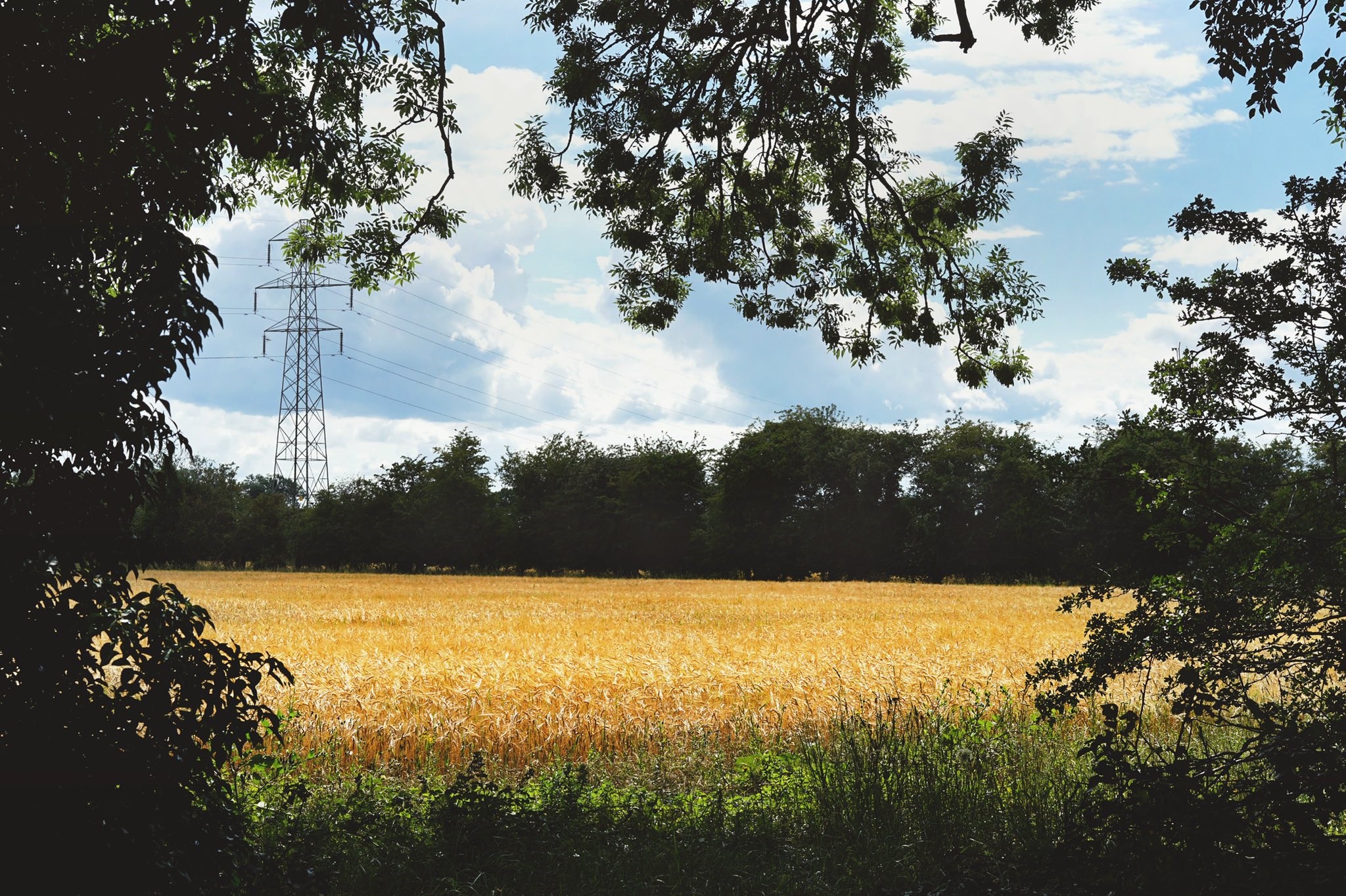
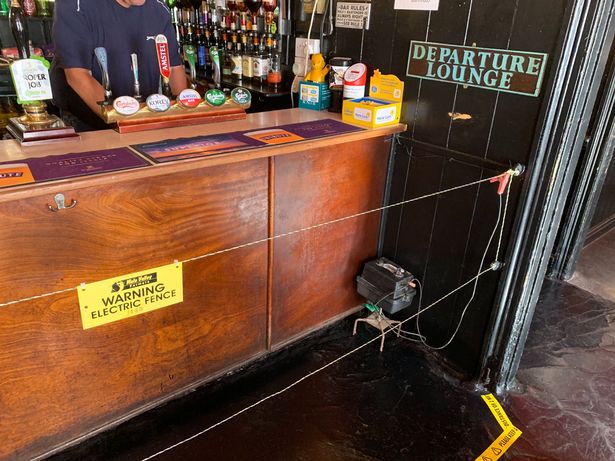


 that good day which included the comment ” Jimmy hasn’t gone to bed after his night shift tarmacking the roads.” Nice. I’m on Team Jimmy. Jeff
that good day which included the comment ” Jimmy hasn’t gone to bed after his night shift tarmacking the roads.” Nice. I’m on Team Jimmy. Jeff 
